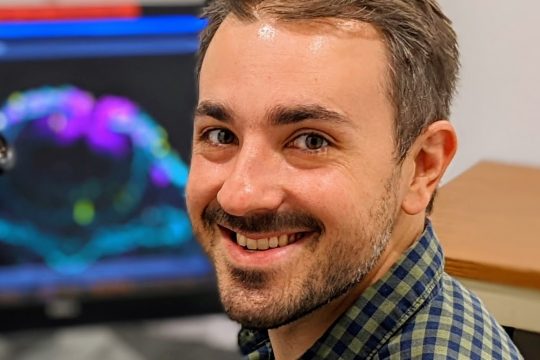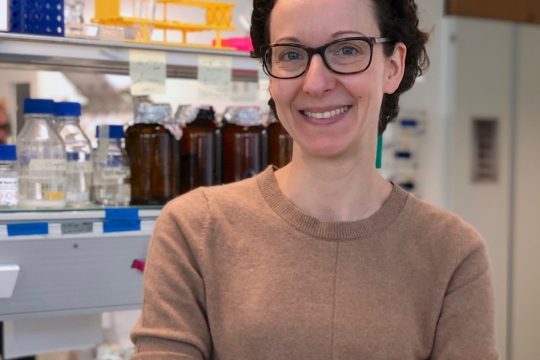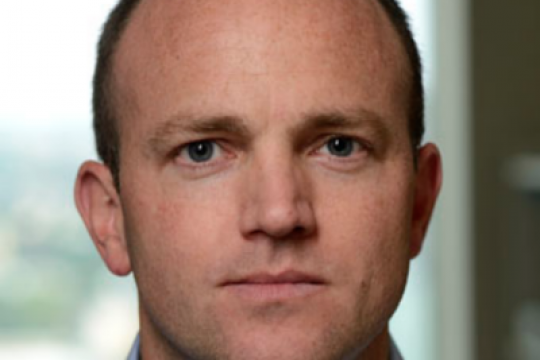The Egeblad lab studies the contributions of the tumor microenvironment – in which cancer cells arise and live – to therapy responses and metastasis. Solid tumors are abnormally organized tissues that contain not only cancer cells, but also various...
Epithelial-to-mesenchymal transition (EMT) is a cellular lifestyle change that produces highly invasive cells that can migrate long distances in the body. These processes are critical for normal embryonic development but are often reactivated in disease states such as cancer...
Single cell gene molecular profiling has demonstrated that cell classification requires more than a simple collection of markers. Current approaches do not account for the dynamic nature of cell states and inherent variation in cell types. This is especially...
The evolution of multicellularity occurred hand in hand with the diversification of cell types with disparate morphologies and functions. This segregation of function across different cell types enabled astounding animal complexity; but at the same time, extreme specializations of...
Redox regulation plays a central role in signal transduction processes operating in the brain. Aberrant redox signaling is a hallmark of several neurodegenerative diseases such as Alzheimer’s disease, Huntington’s disease, Parkinson’s disease, Amyotrophic Lateral Sclerosis and various Ataxias. It...
Copper plays an essential role in human physiology. It serves as a cofactor to key metabolic enzymes that are required for respiration, neurotransmitter biosynthesis, detoxification of radicals, blood clotting, connective tissue formation, and many others processes. Through currently unknown...
Understanding how the information in the genome is utilized is one of the central questions in modern biology. It has become clear that a critical level of gene regulation occurs through the chemical modification of both the DNA itself...
The goal of my research program is to answer a fundamental biological question: how is the genome properly interpreted to coordinate the diversity of cell types observed during neuronal development? We are focused on the acquisition of specific cellular...
A fundamental property of living cells is their extraordinary ability to sense and respond to a changing environment. In higher eukaryotes, malfunctioning of signaling networks has many devastating consequences such as cancer, diabetes or autoimmunity. Such consequences arise from...
My lab is an interdisciplinary group that devises and experimentally tests computational tools to explore cell type identity and its molecular underpinnings. A unifying component of our research is the gene regulatory network (GRN). GRNs are programs encoded in...










